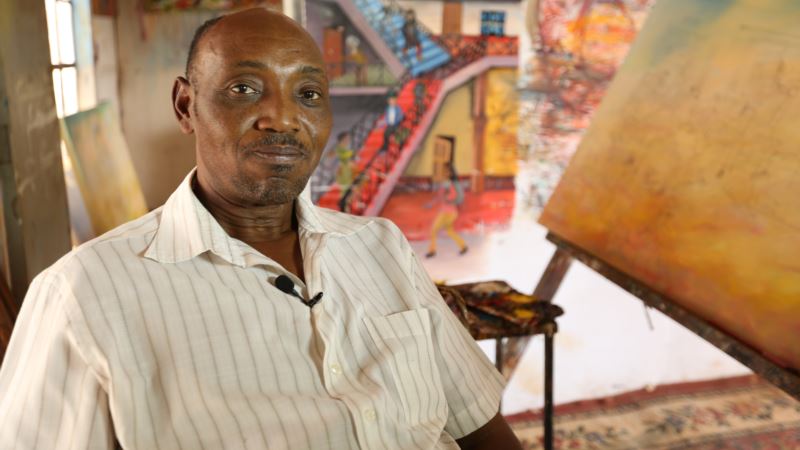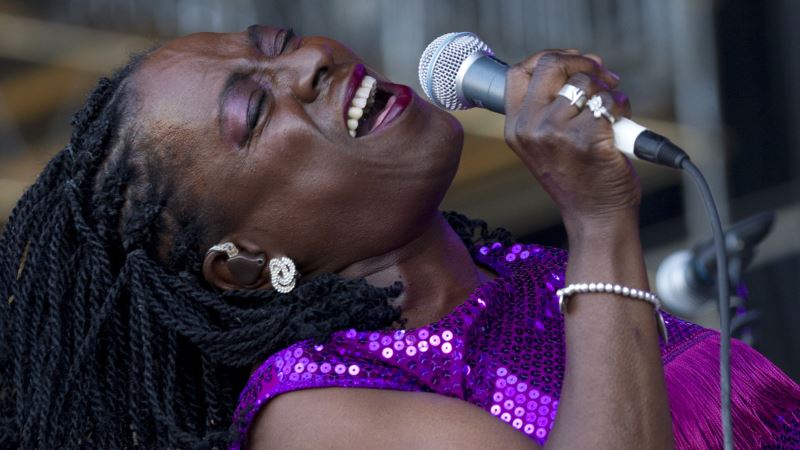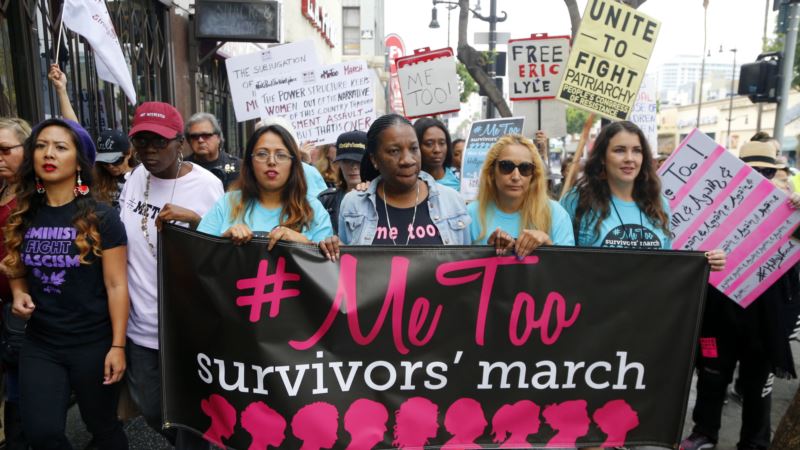It’s a sunny day on the outskirts of Nairobi, and Kenyan artist Joseph Mbatia, better known by the name “Bertiers,” is staring at a large blank canvas inside his studio. Slowly, he leans over and begins to sketch the walls of a hospital. Next, a hospital bed, and then a woman sitting in the bed. He starts with this basic idea, then methodically fills the canvas with different elements as thoughts pop into his head. In this case, he is using his pencil and paintbrush to depict the effects of the ongoing doctors’ strike in Kenya. “Let me say, I’m just creating awareness. I’m not favoring any side, but I’m just neutral. But I take my art, you know, art is a very powerful tool, I’m taking it as a tool to facilitate to the ongoing strike, so that people can know their positions. Then they can be able to come together first and solve the issue,” said Bertiers. A national strike has paralyzed Kenya’s public health system. Pay and contract dispute The doctors are demanding the government live up to a 2013 agreement to increase their salaries and address other issues like the lack of adequate medical equipment. But the strike has left tens of thousands of Kenyans without access to affordable medical care for almost two months. So Bertiers has started working on this new piece that depicts his interpretation of the strike; not the first time he’s worked on the theme. In 2014, Ebola hit West Africa, and many were concerned it might move east. So Bertiers imagined a doctors’ strike coinciding with an Ebola outbreak in Kenya. Like most of his paintings, which are almost dizzying in their level of activity, this one is no different. He shows wild animals rooting around the hospital, hyenas dipping into basins that say “Do Not Drink This H2O,” people dying on crowded hospital beds, and a sign that reads “Dead Bodies Reddy 4 Recycling.” A gourd is labeled “Ebola Herbs.” The scene is chaotic. “I had planned to do that because I heard some rumors that the doctors would go on strike and in fact they did it,” said Bertiers. Social commentary The strike happened; Ebola did not. And Bertiers showcased this piece at an East African art auction in 2015; one of many politically and culturally-motivated works he has created over the years. In his yard are metal sculptures of orphans, child soldiers, even journalists. On the walls of his studio are paintings of social commentary that include characters like former U.S. president Barack Obama, former U.N. secretary general Ban Ki Moon, former ICC prosecutor Luis Moreno Ocampo, and many Kenyan politicians, including President Uhuru Kenyatta and opposition leader Raila Odinga. He says there’s a reason for the many sardonic details that characterize his style. “For me, when I draw it like that, it gives more impact to people out there, to see that the matter is becoming more serious,” said Bertiers. “When you go to the hospital and you find that there are some dead people, in the bed, and there are others who are coming to see their loved ones, whether they are being given drugs, it is really not too good.” And as he continues to work in his studio, Bertiers says he hopes the doctors will soon go back to work as well.
Kenyan Artist Depicts Suffering From Doctor’s Strike






